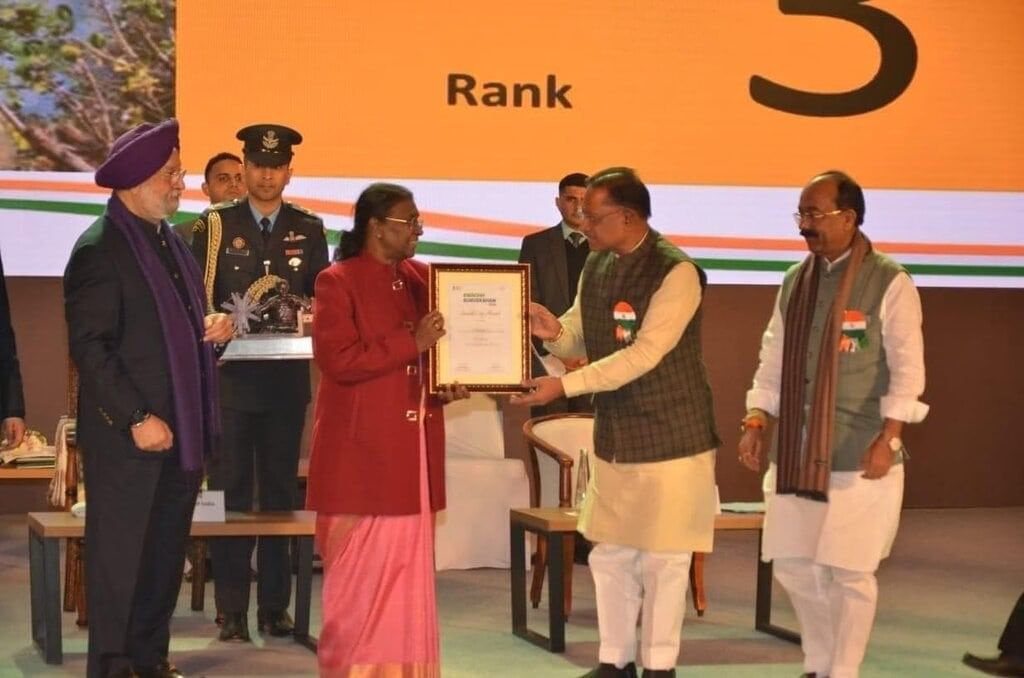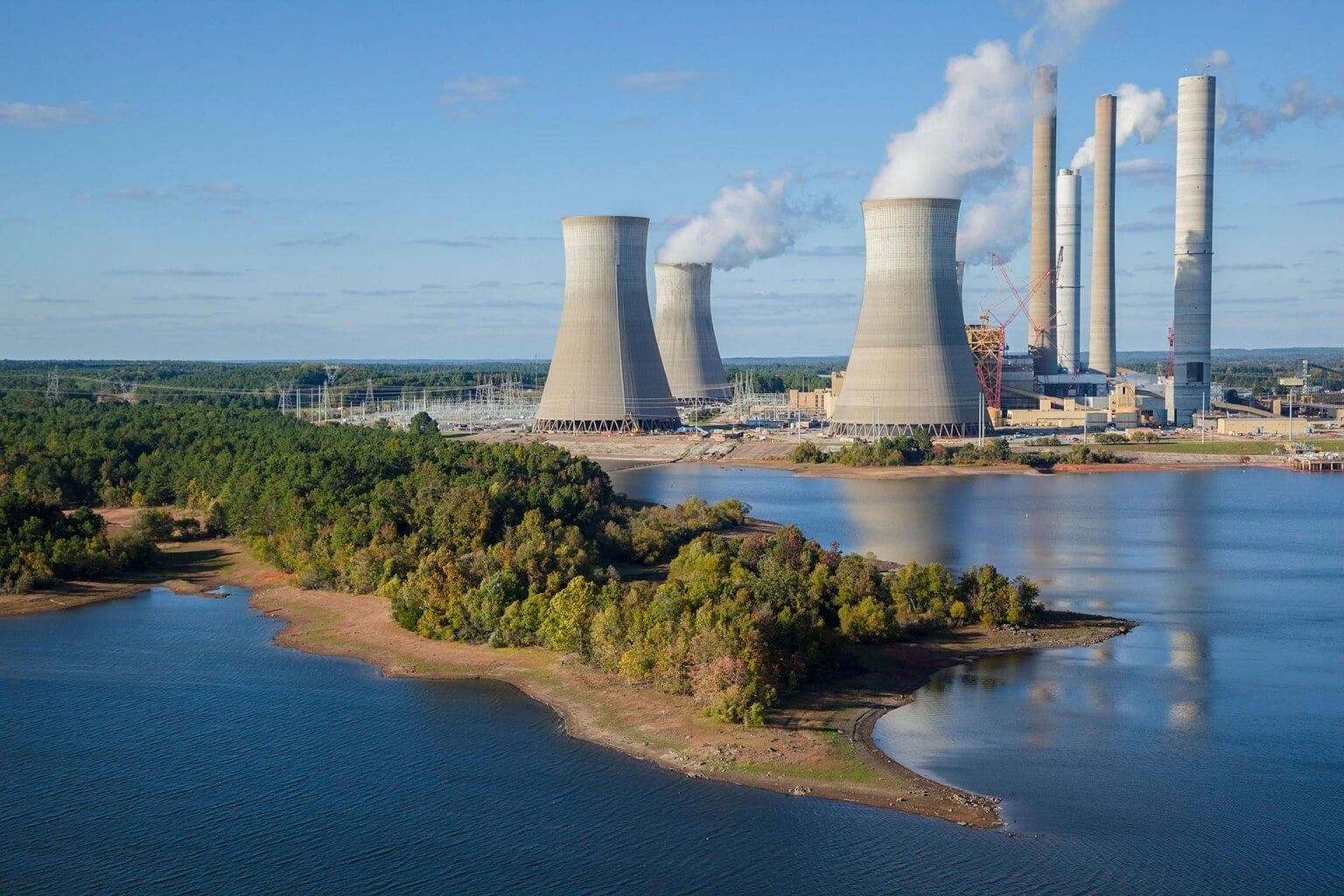UPSC Exam > UPSC Notes > PIB (Press Information Bureau) Summary > PIB Summary - 18th July 2025
PIB Summary - 18th July 2025 | PIB (Press Information Bureau) Summary - UPSC PDF Download
Swachh Survekshan 2024-25 Awards

Introduction & Background
- Swachh Survekshan is the largest urban sanitation survey in the world, carried out every year by the Ministry of Housing and Urban Affairs (MoHUA) as part of the Swachh Bharat Mission–Urban (SBM-U).
- Launched in 2016, the survey assesses cities based on various criteria such as waste management, sanitation, citizen feedback, and innovation.
- The 2024–25 edition marks the 9th iteration of the survey, with an increased emphasis on inclusivity, circular economy, and city-to-city mentoring.
- This edition also celebrates 10 years of the Swachh Bharat Mission (2014–2024), highlighting India’s significant progress in urban cleanliness.
- The revamped framework for 2024–25 introduced new indicators and city-size categories, providing smaller cities with a fair chance to compete with larger metropolitan areas.
Top Awards & Recognitions
- Indore, Surat, and Navi Mumbai have been recognized for their exceptional cleanliness and have entered the Super Swachh League, the highest tier for urban sanitation.
- Ahmedabad, Bhopal, and Lucknow have been declared as India’s New Clean Cities, showcasing their commitment to sanitation and cleanliness.
- A total of 43 National Awards were presented across various categories, highlighting outstanding contributions to urban cleanliness.
- The Mahakumbh 2024, which witnessed a staggering footfall of 66 crore, received special recognition for its exemplary urban waste management efforts.
Special Category Winners
- Best Ganga Town: Prayagraj was awarded for its efforts in maintaining cleanliness along the Ganga River.
- Best Cantonment Board: Secunderabad Cantonment was recognized for its outstanding sanitation practices.
- Best SaafaiMitra Surakshit Shehar (Worker Safety): Cities like GVMC Visakhapatnam, Jabalpur, and Gorakhpur were acknowledged for ensuring the safety and well-being of sanitation workers.
Promising Clean Cities
- A total of 34 cities, one from each State and Union Territory, were awarded under the ‘One City, One Award’ framework. This initiative aimed to create a level playing field for smaller towns by simplifying scoring parameters and recognizing their efforts in cleanliness.
New Initiatives Launched
- Swachh City Partnership: This initiative involves pairing 78 top-performing cities with 78 low-performing ones to promote peer learning, accountability, and mutual support. The motto is “Each one clean one,” emphasizing collective responsibility for urban cleanliness.
- Accelerated Dumpsite Remediation Program: Set to launch on 15 August 2025 for a duration of one year, this program aims to remediate legacy waste, reclaim urban land, and enhance scientific waste processing capacities.
Framework Enhancements
- The assessment model has been revamped to include 10 new evaluation parameters, ensuring a comprehensive evaluation of cities.
- Introduction of five distinct population categories to ensure fair competition among cities of varying sizes.
- The process has been simplified to enable smaller cities to compete effectively with larger metropolitan areas, promoting inclusivity and fairness.
Presidential Address – Key Messages
- The President emphasized the importance of the 3R Principle: Reduce, Reuse, Recycle, highlighting its significance in waste management and environmental sustainability.
- The role of waste-to-wealth innovations, including the circular economy model, was underscored as a crucial aspect of urban sanitation.
- Various initiatives such as zero-waste colonies, school-based interventions, and segregation startups were applauded for their contributions to enhancing urban cleanliness and sanitation.
- The President stated that “Swachhata is now part of our swabhav and sanskaar,” indicating the deep-rooted cultural shift towards cleanliness and sanitation in society.
- A vision for a Viksit Bharat 2047 was presented, where India aspires to lead the world in cleanliness and sanitation practices.
Impact & Vision
- Celebrating 10 years of the Swachh Bharat Mission, the impact on urban sanitation and cleanliness is evident, with these practices becoming integral to public life and governance.
- The next focus is on developing a long-term strategy aligned with the Viksit Bharat @2047 roadmap, ensuring sustained progress and leadership in urban sanitation.
Other Notables
- The launch of the Swachh Survekshan Dashboard will provide real-time rankings and performance metrics for cities, enhancing transparency and accountability.
- An artistic sarangi made from waste was gifted to the President, symbolizing the fusion of sustainability and culture, and reinforcing the message of waste reduction and innovative reuse.
Complex greenhouse gas dynamics in the Central Himalayas revealed

Introduction & Background
- ARIES-Nainital, under the Department of Science and Technology (DST), Government of India, conducted the first high-resolution, continuous ground observations of key greenhouse gases in the Central Himalayas.
- This study addresses a crucial data gap in mountain regions of South Asia, which have been underrepresented in global climate datasets.
- The observations were made over a span of five years (2014–2018) from a high-altitude station in Nainital.
Relevance: GS 1 (Geography), GS 3 (Environment and Ecology)
Key Greenhouse Gases Monitored
- Carbon dioxide (CO₂)
- Methane (CH₄)
- Carbon monoxide (CO)
Major Findings
- Rising Concentrations:
- CO₂: Increased by 2.66 ppm/year
- CH₄: Increased by 9.53 ppb/year
- Declining Trend:
- CO: Decreased by 3.15 ppb/year, indicating improved combustion efficiency or shifts in emissions.
- Concentration Levels:
- Central Himalayas: Higher than other remote sites due to regional/local sources.
- Lower than urban/semi-urban areas.
Diurnal & Seasonal Patterns
- CO₂: Lowest during daytime due to active photosynthesis.
- CH₄ & CO: Peak during daylight, transported by upslope mountain winds.
Seasonal Variations:
- Spring: CO₂ spikes due to biomass burning and bare vegetation.
- Autumn: CH₄ peaks linked to rice cultivation (agricultural emissions).
- Late Spring: CO peaks suggest regional transport from fires/pollution.
Meteorological Influences
- Solar radiation, temperature, and boundary layer height play significant roles in shaping greenhouse gas patterns.
- The data reveals interactions between biospheric uptake, regional emissions, and the complex mountain meteorology.
Global & Policy Relevance
- Satellite Climate Data Validation: Supports the validation of satellite climate data over the Himalayan region.
- Climate Models Enhancement: Enhances climate models and greenhouse gas emissions inventories for India.
- Localized Mitigation Policies: Aids in formulating localized mitigation policies in ecologically sensitive zones.
- Alignment with National Goals: Aligns with India’s National Action Plan on Climate Change (NAPCC) and Sustainable Development Goal (SDG) 13: Climate Action.
Scientific Significance
- Baseline for Monitoring: Provides a baseline for long-term climate monitoring in the Himalayas.
- Forecasting and Early Warning: Valuable for forecasting climate patterns, early warning systems, and carbon budgeting.
- Policy Support: Empowers policymakers with real-time, regional climate insights.
Value Addition
- Scientific & Global Significance
- Fills a global monitoring gap by providing data from the Central Himalayas, previously a blind spot in the GHG network.
- Enhances India’s contribution to the World Meteorological Organization’s (WMO) Global Atmosphere Watch (GAW) and Intergovernmental Panel on Climate Change (IPCC) datasets.
- Strengthens South-South Cooperation in climate science by building regional data ecosystems.
- Data-Driven Insights for Mitigation
- Local methane (CH₄) spikes in autumn suggest opportunities for methane mitigation in rice cultivation, such as alternate wetting and drying practices.
- Trends in carbon monoxide (CO) can inform National Carbon Markets and emission baselines.
- Seasonal biomass burning data can guide pre-emptive policy actions during fire seasons, like stubble management.
- Satellite + Ground Data Integration
- The observations can validate ISRO’s climate monitoring satellites, including Megha-Tropiques and INSAT-3DR.
- Supports integration with global datasets like Copernicus, MODIS, and GHGSat for cross-verification.
- Alignment with SDGs & Global Commitments
- Contributes to SDG 13 (Climate Action) by enhancing resilience through real-time data.
- Supports India’s 2021 Updated Nationally Determined Contributions (NDC) Targets, such as achieving net zero by 2070.
- Promotes a Just Transition in mountain regions by linking emissions to socio-economic activities like agriculture and tourism.
- Potential Follow-up Research & Policy Needs
- There is a need for multi-site Himalayan observation networks in regions such as Sikkim, Arunachal Pradesh, and Himachal Pradesh.
- Integrating with the International Centre for Integrated Mountain Development (ICIMOD) regional programs for transboundary data sharing is advisable.
- Policy suggestion includes the inclusion of GHG hotspots in India’s State Climate Vulnerability Index.
The document PIB Summary - 18th July 2025 | PIB (Press Information Bureau) Summary - UPSC is a part of the UPSC Course PIB (Press Information Bureau) Summary.
All you need of UPSC at this link: UPSC
FAQs on PIB Summary - 18th July 2025 - PIB (Press Information Bureau) Summary - UPSC
| 1. What is the purpose of the Swachh Survekshan awards? |  |
Ans. The Swachh Survekshan awards aim to recognize and promote cleanliness and sanitation in urban areas across the country. By assessing cities based on various cleanliness parameters, the initiative encourages local governments to improve their waste management, sanitation facilities, and overall cleanliness, fostering a competitive spirit among cities.
| 2. What categories are included in the Swachh Survekshan awards? |  |
Ans. The Swachh Survekshan awards include several categories, such as Top Awards for the cleanest cities, Special Category Winners for cities that excel in specific initiatives, and Promising Clean Cities that show significant improvement in cleanliness. This categorization helps to acknowledge diverse efforts and achievements in urban sanitation.
| 3. What new initiatives have been launched as part of the Swachh Survekshan program? |  |
Ans. New initiatives launched under the Swachh Survekshan program focus on enhancing community participation, promoting sustainable practices, and integrating technology for better waste management. These initiatives may include awareness campaigns, innovative waste segregation practices, and digital platforms for tracking sanitation efforts.
| 4. How does the Swachh Survekshan framework enhance the assessment process? |  |
Ans. The framework enhancements for Swachh Survekshan improve the assessment process by incorporating more comprehensive criteria for evaluating cleanliness. This includes metrics on waste processing, citizen feedback, and the implementation of best practices in sanitation. Such enhancements ensure a more accurate representation of each city's cleanliness efforts.
| 5. What impact does the Swachh Survekshan initiative aim to achieve in urban areas? |  |
Ans. The Swachh Survekshan initiative aims to achieve a significant reduction in urban waste, improve public health through better sanitation, and enhance the quality of life for residents. By fostering a culture of cleanliness, the initiative seeks to create sustainable urban environments that are not only clean but also promote civic responsibility among citizens.
Related Searches





















